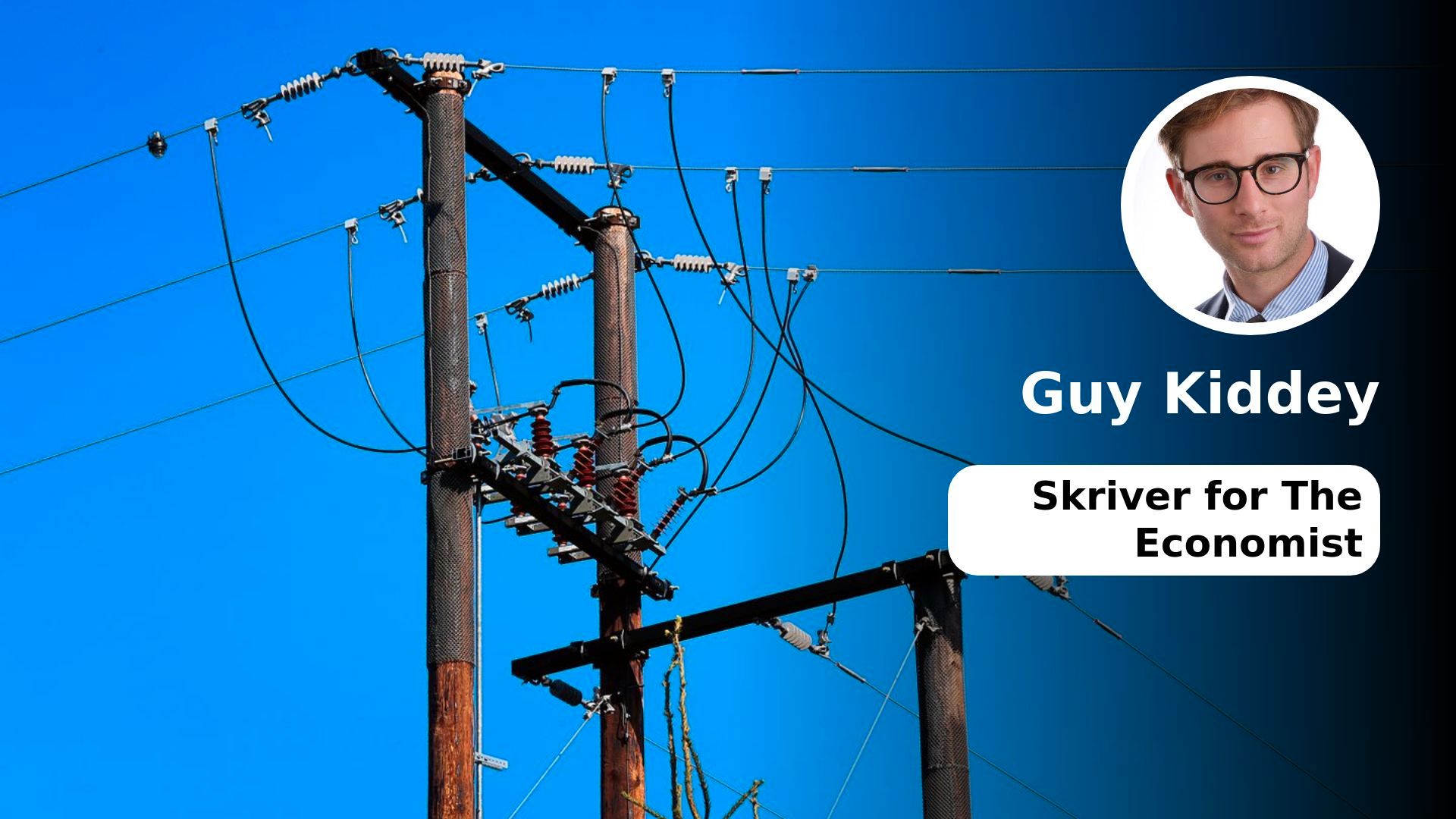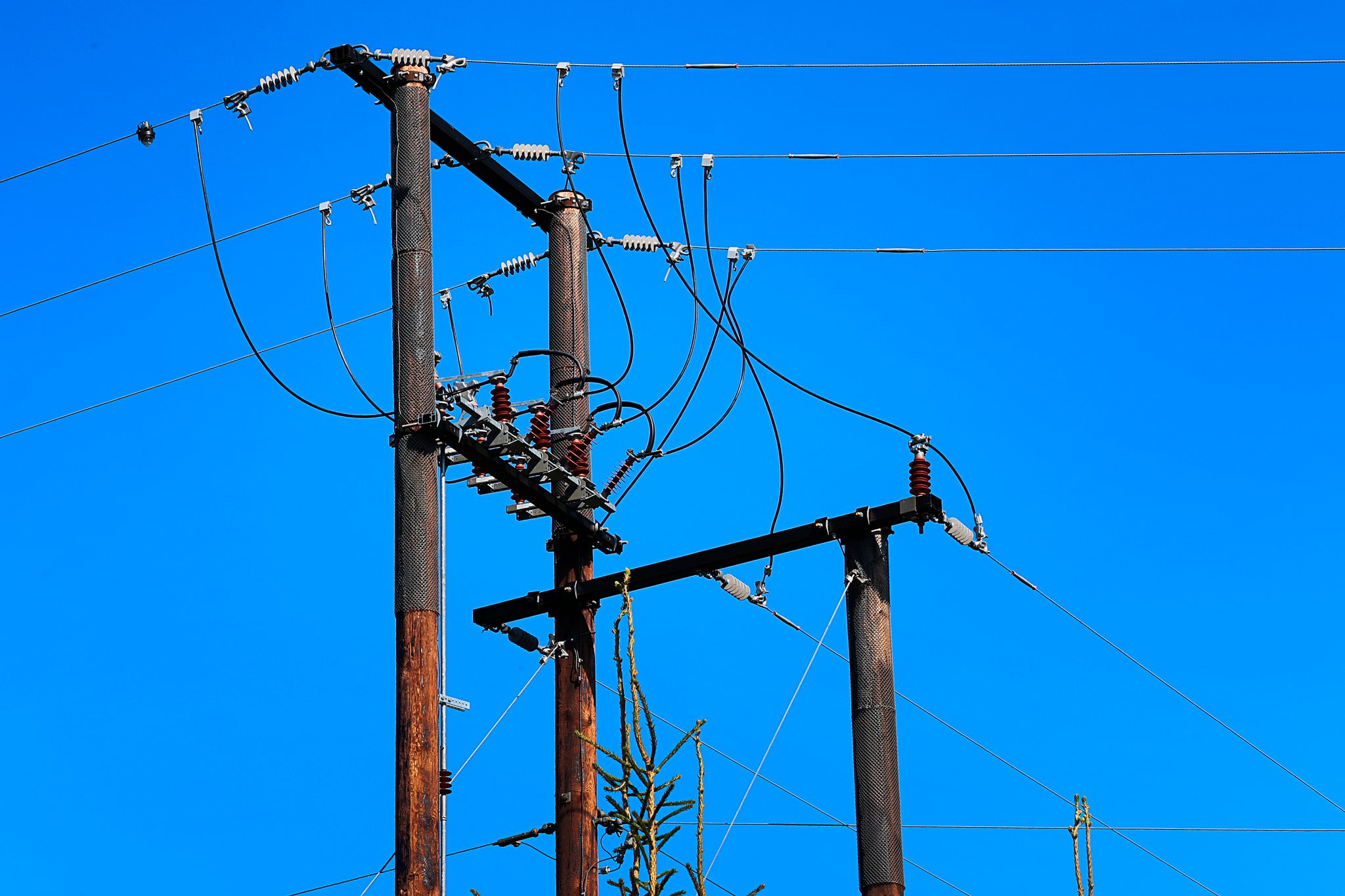-
–Guy Kiddey
writes for The Economist
–
—
Norway has been connected to the European power grid since 1991. There are good reasons why this has been Norwegian energy policy for so long, the author of the post writes. Do not cut the cables!
Debate
This is a debate post. Opinions in the text are at the writer’s expense.The higher the electricity prices climb, the higher the calls for state control over the electricity grid to retain Norwegian power in Norway. Yes, there are even calls to cut the power cables that allow Norway to export power abroad.
At first glance, this may be understandable. Power-intensive industry with small margins fears for the future. The people who work there fear for their jobs. Consumers worry about growing bills as winter sets in.
But if you look up for a moment, you will see that in the long run it is only positive for Norway to be connected to the European power grid. Unfortunately, this long-term, macroeconomic perspective drowned in the election campaign we have left behind.
The price fluctuations of recent years should really be a wake-up call and make it easier to invest in electricity production and transmission capacity.
At the same time, it must be stimulated to develop a more profitable (and thus less vulnerable) industry and to adopt new financing and business models that will make the green shift more affordable in all sectors of the economy.
Offers export opportunities
Norway has been connected to the European power grid since 1991. There are good reasons why this has been Norwegian energy policy for so long.
When hydropower reservoirs are low, Norway must import power. But when they are well stocked, they offer export opportunities.
By upgrading existing power plants and introducing new ways of storing power – for example in the form of large hydrogen reserves – there would be less need for imports, reduced risk of price spikes and even more opportunities to export surplus electricity.
Olvar Bergland, energy economist at NMBU – Norwegian University of Life Sciences, says that there is up to 40 TWH in untapped potential in existing power plants or in the development of simple small-scale plants.
This represents just under a third of the electricity Norway currently generates from hydropower (136 TWH per year). With today’s futures prices, this extra power would be worth around NOK 20 billion.
Give the locals shares
Norway’s power grid also needs an upgrade.
There is only one cable that connects the country’s northern and southern power regions, which explains the high price differences in the country in recent months. A lot of power is captured in the north. It could have supplied homes and businesses in more populous parts of the country.
Sweden has invested heavily in such upgrades, because politicians there saw export opportunities.
Norway and all other countries will have to sacrifice some hills and valleys in the least harmful way in the fight against climate change
–
What about the resistance development of power plants and power grids often encounters? Well, politicians can not and should not stroke everyone’s hair. Nor should they hide behind the ideal of local self-government.
Indigenous peoples’ rights and reindeer husbandry must, of course, be taken into account. But the reality is that Norway and all other countries will have to sacrifice some hills and valleys in the least harmful way in the fight against climate change.
Then compensation schemes can be useful for calming the mood, for example by giving the local population shares in new power plants.
Pre-purchase agreements, where heavy industry players buy electricity at a median price in advance, can trigger much-needed financing.
This approach may make consumers more vulnerable to price fluctuations. The benefit may be stronger incentives to make existing homes more energy efficient. An investment in this through government-secured loans with low interest rates can alone launch a massive, new sector.
Industry with a high margin
Norway’s renewable energy is a valuable resource. It should be used wisely to run industry with a high margin.
Norway must by all means avoid being affected by what is called the “Jevons paradox” – that more efficient use of resources only leads to an increase in resource consumption. Yet that is precisely the status quo today. It devalues the unit price of Norway’s renewable energy.
Valuable production and associated services should be stimulated through:
- Tax mechanisms that provide generous discounts for research and innovation.
- Subsidies that support operating costs as well as capital requirements.
- Purchase guarantees.
If governments make initial orders, private customers almost always follow suit. The space and defense industries are a good example.
High-margin companies can also offer products and services in other ways than sales, which require a larger investment from the customer.
Renting a product is far cheaper for the customer and ensures stable income over a longer period of time. This is not inconceivable in a sector such as maritime technology. Nor in a nascent sector where Norway can be at the forefront: winding up of petroleum activities.
Taste of bigger challenges
Power protectionism, like other forms of protectionism, puts a brake on the economy. It delays wear and makes indecisive. Then it is better to be pragmatic, groundbreaking and prepared.
This also applies more generally to the support from the welfare state, which many Norwegians will need in the face of major economic changes that are under way.
Today’s concern about electricity prices is just a foretaste of greater challenges to come.
–Related posts:



